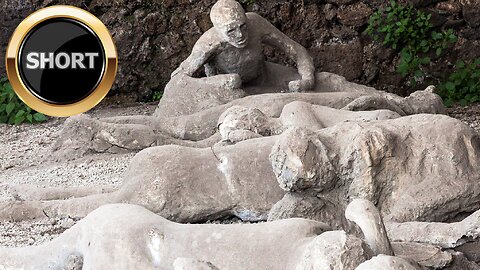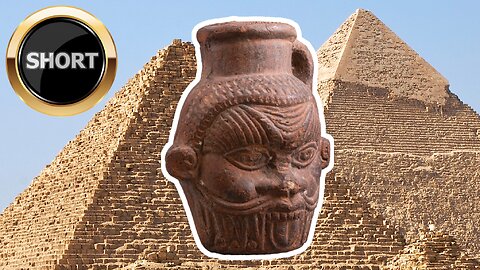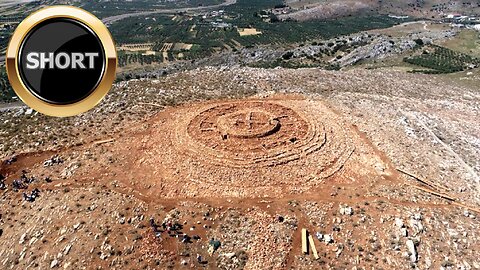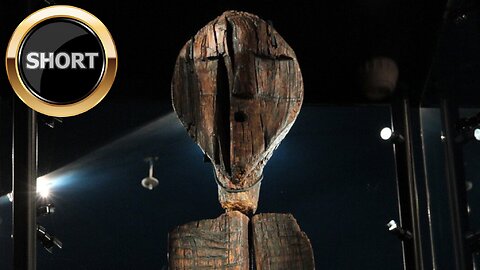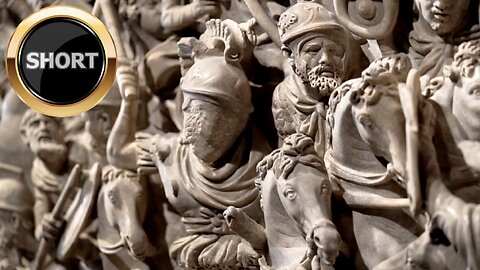-
New Study Proves We Were Wrong About Pompeii Victims
 LendianTVFor centuries, the plaster casts of the victims of the Mount Vesuvius eruption—like a mother and child or two women embracing—shaped our understanding of the last desperate moments of many Pompeians and gave us a glimpse of their lives and relationships. Now, researchers have rewritten these narratives using DNA extracted from 14 plaster casts.39 views
LendianTVFor centuries, the plaster casts of the victims of the Mount Vesuvius eruption—like a mother and child or two women embracing—shaped our understanding of the last desperate moments of many Pompeians and gave us a glimpse of their lives and relationships. Now, researchers have rewritten these narratives using DNA extracted from 14 plaster casts.39 views -
We're Step Closer to Breakthrough in Decoding Inca Khipus
 LendianTVFashioned from knotted strings, khipus are recording devices especially important to the Inca Empire. A new analysis of two extraordinary khipus brings us a step closer to a breakthrough in decoding their meaning.15 views
LendianTVFashioned from knotted strings, khipus are recording devices especially important to the Inca Empire. A new analysis of two extraordinary khipus brings us a step closer to a breakthrough in decoding their meaning.15 views -
Archaeologists Found Evidence of Psychedelic Drinks Used in Ancient Egyptian Rituals
 LendianTVThrough groundbreaking chemical and DNA analysis, scientists identified traces of a powerful concoction inside the Tampa Museum of Art's Bes mug. Experts believe this hallucinogenic cocktail played a key role in ancient Egyptian magical ceremonies.34 views 1 comment
LendianTVThrough groundbreaking chemical and DNA analysis, scientists identified traces of a powerful concoction inside the Tampa Museum of Art's Bes mug. Experts believe this hallucinogenic cocktail played a key role in ancient Egyptian magical ceremonies.34 views 1 comment -
Europe's Oldest Battlefield
 LendianTVUntil the discovery of this battlefield—the oldest known in Europe—many scholars believed the Bronze Age in this region was relatively peaceful. However, the findings in the Tollense Valley dramatically changed our understanding of prehistoric societies.48 views
LendianTVUntil the discovery of this battlefield—the oldest known in Europe—many scholars believed the Bronze Age in this region was relatively peaceful. However, the findings in the Tollense Valley dramatically changed our understanding of prehistoric societies.48 views -
Ancient Roman Cup Made of Dichroic Glass
 LendianTVCrafted in the 4th century AD, the Lycurgus Cup is an example of an ancient artifact that amazes us with its sophistication and advanced technologies employed in its production. It is made of dichroic glass which changes color depending on the position of the light source.28 views 1 comment
LendianTVCrafted in the 4th century AD, the Lycurgus Cup is an example of an ancient artifact that amazes us with its sophistication and advanced technologies employed in its production. It is made of dichroic glass which changes color depending on the position of the light source.28 views 1 comment -
Archaeologists Find Second Statue in Ancient Roman Sewer #ancienthistory #archaeology #art
 LendianTVArcheologists were astonished to find another marble statue in a sewer in Heraclea Sintica, an ancient city in modern-day Bulgaria.27 views
LendianTVArcheologists were astonished to find another marble statue in a sewer in Heraclea Sintica, an ancient city in modern-day Bulgaria.27 views -
4,000-Year-Old Unique Minoan Site
 LendianTVIt is the first monument of this type discovered in Crete. It is ring-shaped and very much different from the Minoan palaces which were arranged in a square or rectangular fashion. Based on the style of pottery fragments discovered during the excavation, archaeologists have established that the main period of use seems to have been between 2000 BC and 1700 BC, in the middle of the Minoan civilization often regarded as the oldest civilization in Europe.21 views
LendianTVIt is the first monument of this type discovered in Crete. It is ring-shaped and very much different from the Minoan palaces which were arranged in a square or rectangular fashion. Based on the style of pottery fragments discovered during the excavation, archaeologists have established that the main period of use seems to have been between 2000 BC and 1700 BC, in the middle of the Minoan civilization often regarded as the oldest civilization in Europe.21 views -
Masterpiece of Hellenistic Realism in Art | The Bronze Head of Seuthes III
 LendianTVThe bronze head of Seuthes III was discovered in 2004 by Bulgarian archaeologists in the royal burial site of Golyama Kosmatka, not far from the ancient city of Seuthopolis. Seuthes III was a king of Odrysia, a part of Thrace, during the late 4th century BC. The findings at Golyama Kosmatka suggest that an Orphic ritual was carried out on the day of his burial.21 views
LendianTVThe bronze head of Seuthes III was discovered in 2004 by Bulgarian archaeologists in the royal burial site of Golyama Kosmatka, not far from the ancient city of Seuthopolis. Seuthes III was a king of Odrysia, a part of Thrace, during the late 4th century BC. The findings at Golyama Kosmatka suggest that an Orphic ritual was carried out on the day of his burial.21 views -
It Dates to the End of the Last Ice Age | The Shigir Idol
 LendianTVThe Shigir Idol is over twice as old as the Egyptian pyramids and about the same age as the earliest settlement at the famous Gobekli Tepe archaeological site.9 views
LendianTVThe Shigir Idol is over twice as old as the Egyptian pyramids and about the same age as the earliest settlement at the famous Gobekli Tepe archaeological site.9 views -
Vivid Depiction of Roman Cavalry in Action
 LendianTVThe front side of the Portonaccio sarcophagus portrays one of the most realistic engagements between Roman cavalry and barbarians during the Marcomannic Wars.15 views 1 comment
LendianTVThe front side of the Portonaccio sarcophagus portrays one of the most realistic engagements between Roman cavalry and barbarians during the Marcomannic Wars.15 views 1 comment
